Jim Watson | AFP | Getty Images
Previously, Nvidia’s fastest GPUs were solely manufactured in Taiwan.
Huang said that President Donald Trump had asked him nine months ago to bring manufacturing back to U.S. shores.
“The first thing that President Trump asked me for is bring manufacturing back,” Huang said. “Bring manufacturing back because it’s necessary for national security. Bring manufacturing back because we want the jobs. We want that part of the economy.”
Earlier this month, Nvidia and Taiwan Semiconductor Manufacturing Company announced that the first Blackwell wafers had been produced in a facility in Phoenix, Arizona. Wafers are the base material on which semiconductors are etched onto.
Nvidia said in a video that Blackwell-based systems will now be assembled in the U.S., too.
Much of what the company announced on Tuesday at its conference in Washington was for an audience of policymakers to convince them of the essential role that Nvidia plays, and that it would hurt U.S. interests to restrict its exports.
Huang said on Tuesday on a panel before his speech that Nvidia was holding its conference in Washington to allow Trump to attend, according to CNBC’s Kristina Partsinevelos, but the president is currently on a trip in Asia.
Trump said on Tuesday that he planned to meet with Huang on Wednesday, according to a Reuters report.
Demand for the company’s GPUs remains high, with 6 million Blackwell GPUs shipped in the last four quarters, Huang said Tuesday. Nvidia expects $500 billion in GPU sales between the Blackwell generation and next year’s Rubin chips combined, he added.
Cell networks ‘built on foreign technologies’
Additionally, Huang Tuesday said Nvidia would partner with Finland-based Nokia to build gear for telecommunications, an industry that he said was worth $3 trillion. As part of the partnership, Nvidia will take a $1 billion stake in Nokia.
Huang said that Nvidia is building chips for 5G and 6G base stations because it’s important to have wireless networks based on American technology.
“Thank you for helping the United States bring telecommunication technology back to America,” Huang said to Nokia CEO Justin Hotard during his speech.
The deal is an appeal to Western policymakers who have long had concerns about the amount of technology from China’s Huawei that is used for cellular networks around the world.
“Our fundamental communication fabric is built on foreign technologies,” Huang said. “That has to stop, and we have an opportunity to do that, especially during this fundamental platform shift.”
Nokia will use Nvidia chips in its future base stations, which are the pricey computers that distribute cellular signals. Huawei gear, the market leader, was effectively banned in the U.S. in 2018, leaving Nokia and Ericcson as the primary equipment vendors for U.S. networks.
Huang said that Nokia would be using a new product called Nvidia ARC that combines its Grace GPU, a Blackwell GPU and the company’s networking parts. Huang said that AI delivered over next-generation 6G networks could help operate robots and deliver more accurate weather forecasts.
Stakes are high
The location of the conference carries significance as Nvidia makes the case that it is a core part of the “U.S technology stack.”
Huang has argued that it would be better for American interests if Chinese AI developers got used to U.S. technology like Nvidia’s chips, rather than forcing the Chinese to develop their own AI chips.
“Nvidia is a proud American company building the U.S. AI infrastructure that will ensure our country leads the world in shaping the future of innovation,” Kari Briski, Nvidia’s vice president of generative AI software for enterprise, told reporters on a Monday call.
The stakes are high for Nvidia. U.S. export restrictions have already cost Nvidia billions of dollars in lost sales.
In April, the U.S. government informed Nvidia that its H20 chip, which was specially designed to comply with U.S. export controls, would require a license to ship to China. In May, Nvidia said it would have recorded about $10.5 billion in H20 sales over two quarters if the government hadn’t made the license requirement.
Then, in July, Huang visited Trump in Washington and again tried to persuade him and other administration officials that it is in U.S. interests to ship Nvidia chips to China. The Trump administration said it would approve license requests for the H20, but that Nvidia would have to pay the U.S. government 15% of China sales.
Still, Nvidia’s China business isn’t yet back on track.
Earlier this month, Huang said at a financial conference that Nvidia is currently “100% out of China” and has no market share there. While Nvidia said it would receive licenses for the H20 chip, the company hasn’t revealed a newer chip for China based on the company’s current generation of Blackwell GPUs.
Quantum computing
Many of Nvidia’s announcements on Tuesday were partnerships intended to signal that the company works with a variety of U.S. companies.
Among those announcements was NVQLink, a new way to connect quantum chips to Nvidia’s GPUs.
The U.S. having a lead in quantum computing is important to policymakers because military officials are worried that a foreign adversary may be able to spy on military communications if it gets a working quantum computer first.
Nvidia officials said in a Monday call that its chips can be used to correct errors that pop up during quantum computing and advance the technology. Nvidia said that 17 different quantum computing startups would produce hardware compatible with NVQLink.
“Researchers will be able to do more than just error correction,” Huang said Tuesday. “They will also be able to orchestrate quantum devices and AI supercomputers to run quantum GPU applications.”
Nvidia also said it will partner with the Department of Energy to build seven new supercomputers.
WATCH: Nvidia CEO: We brought GTC to DC so President Trump could attend


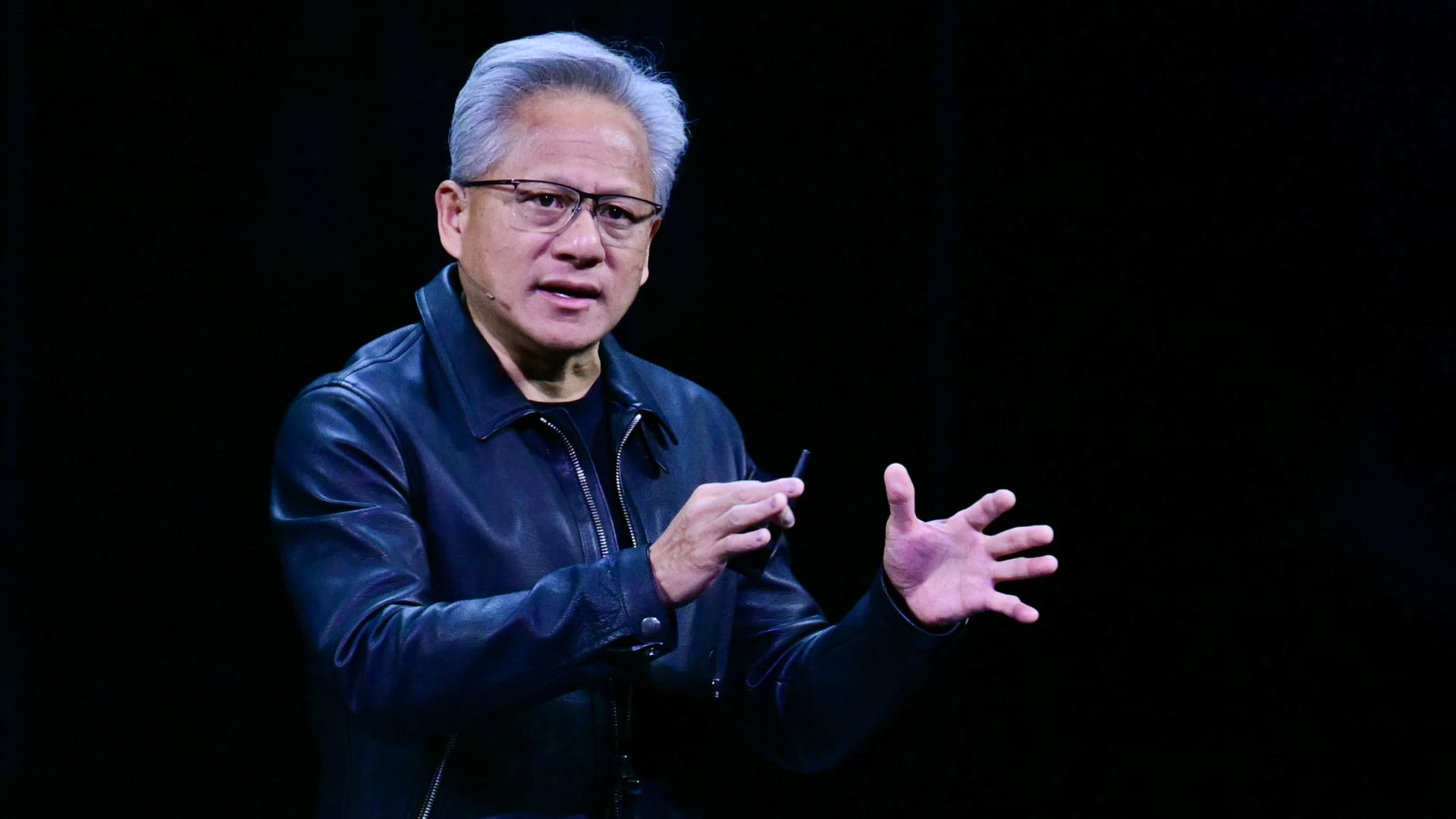
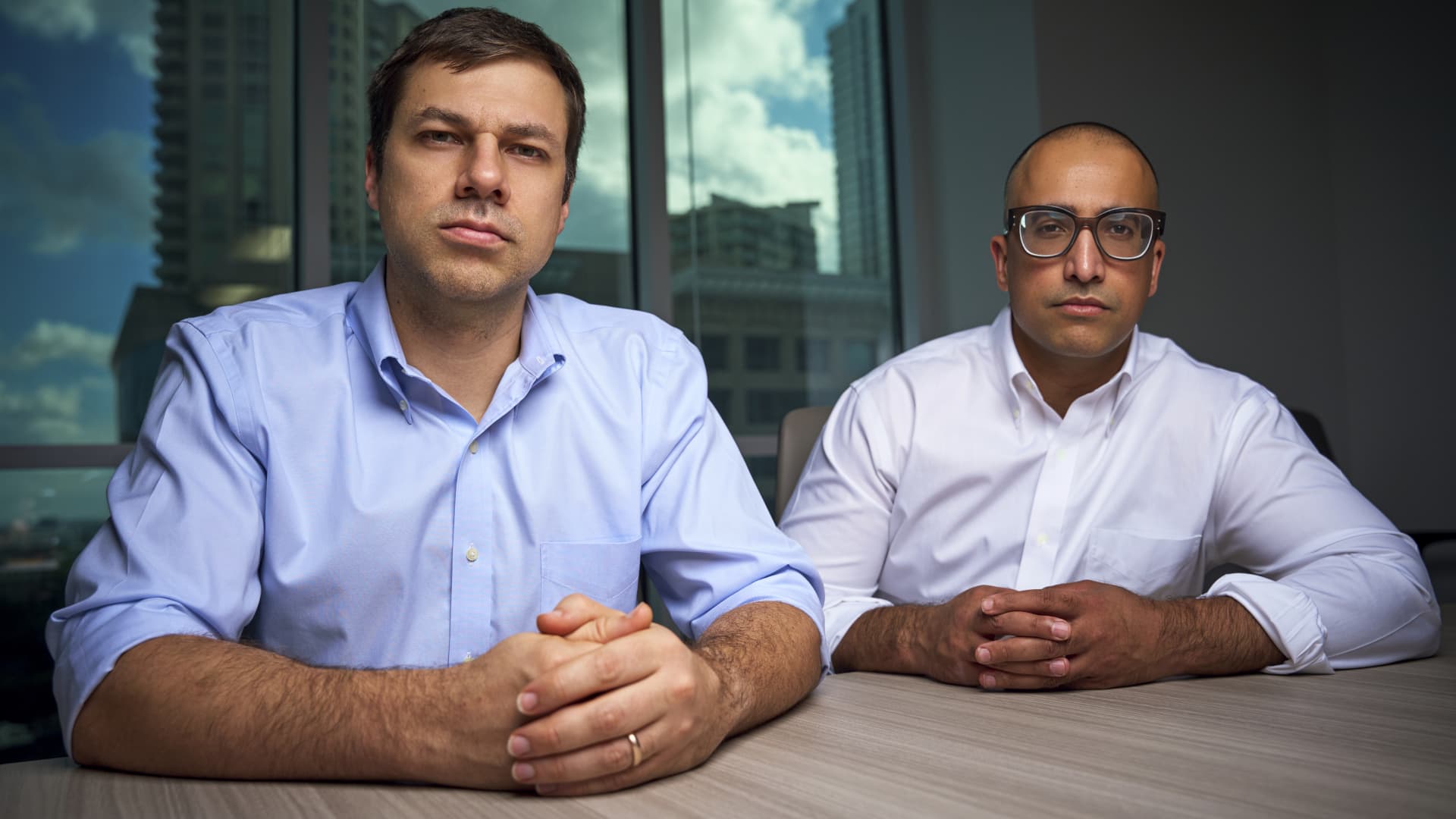
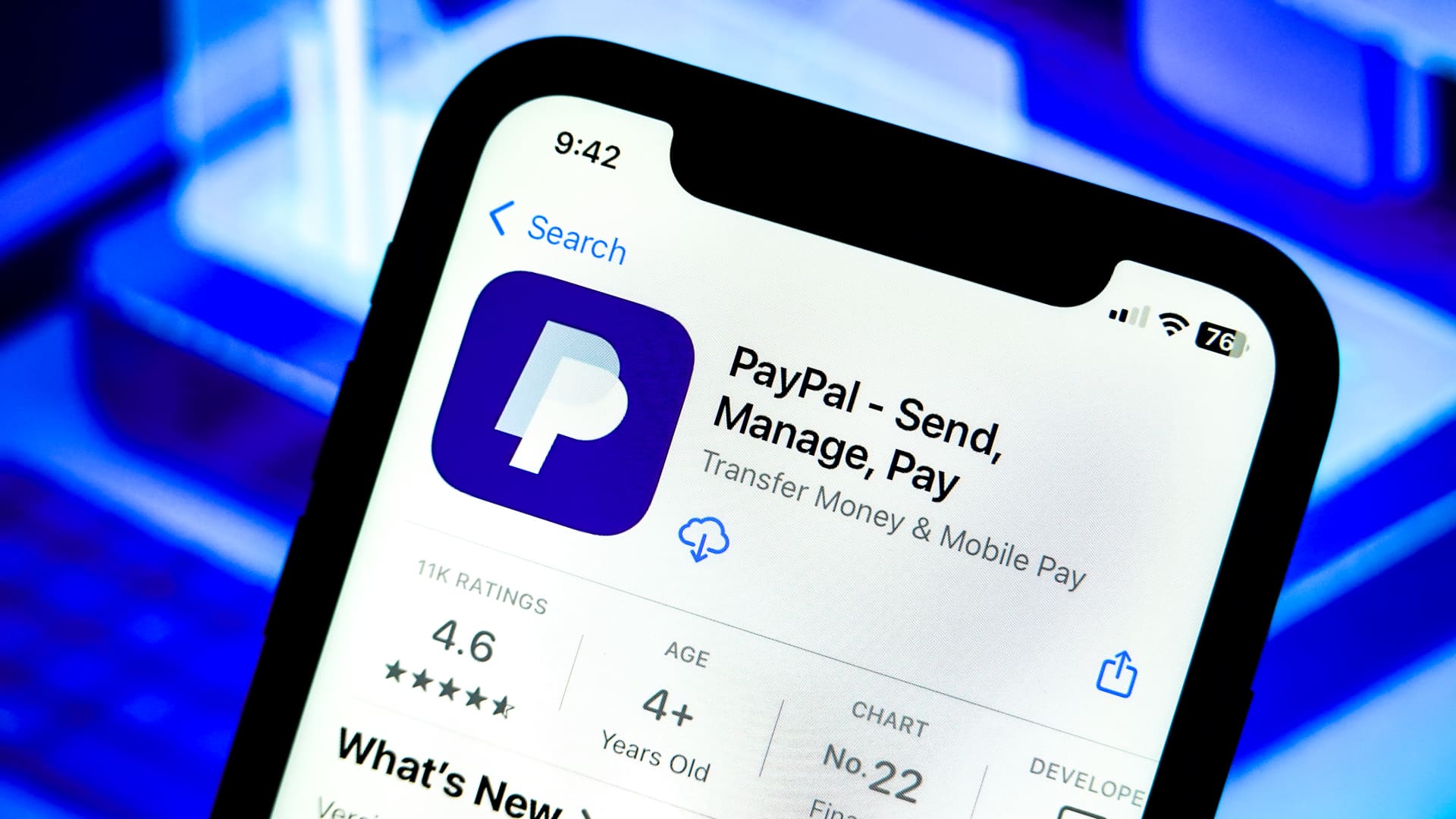
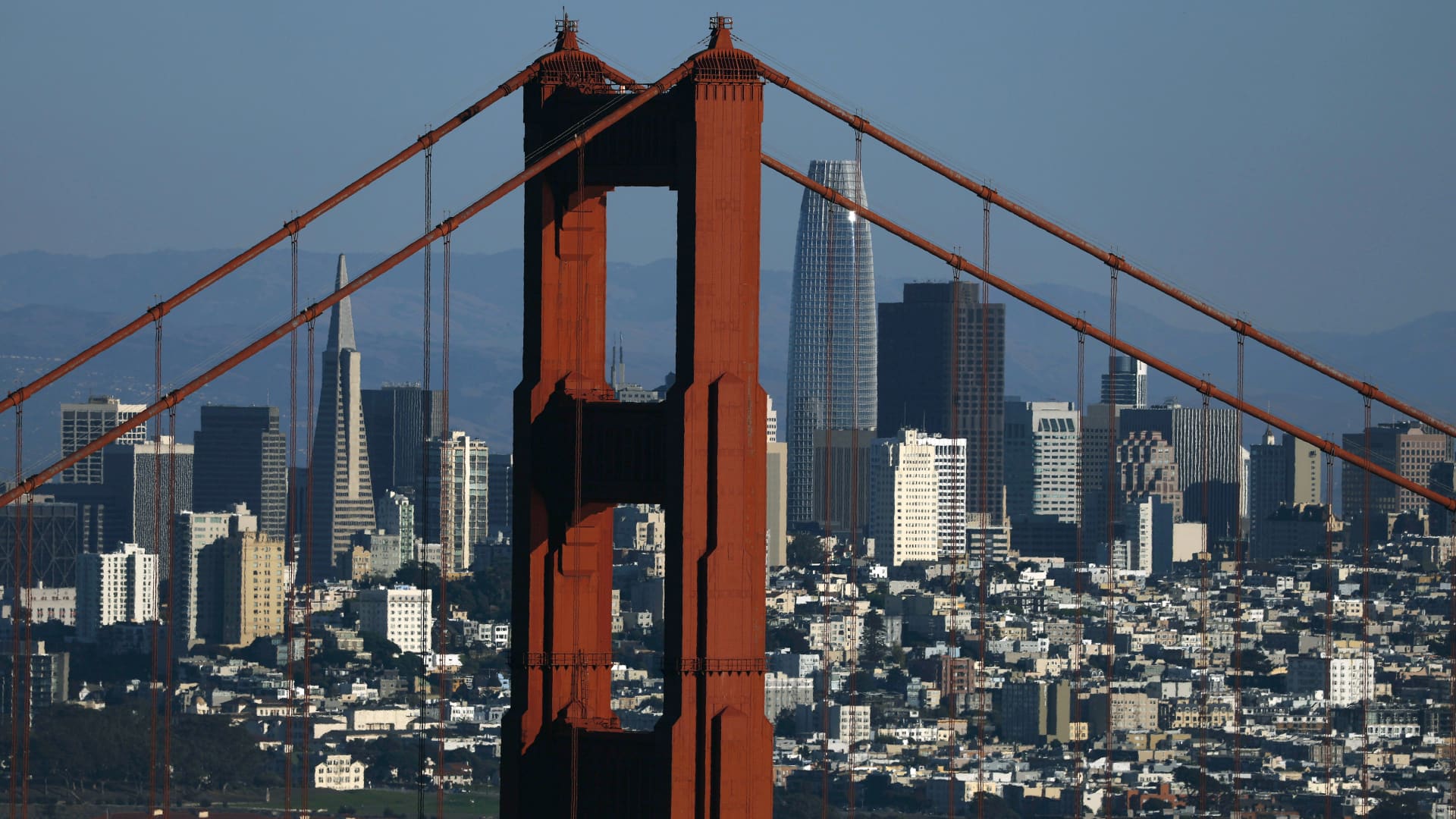

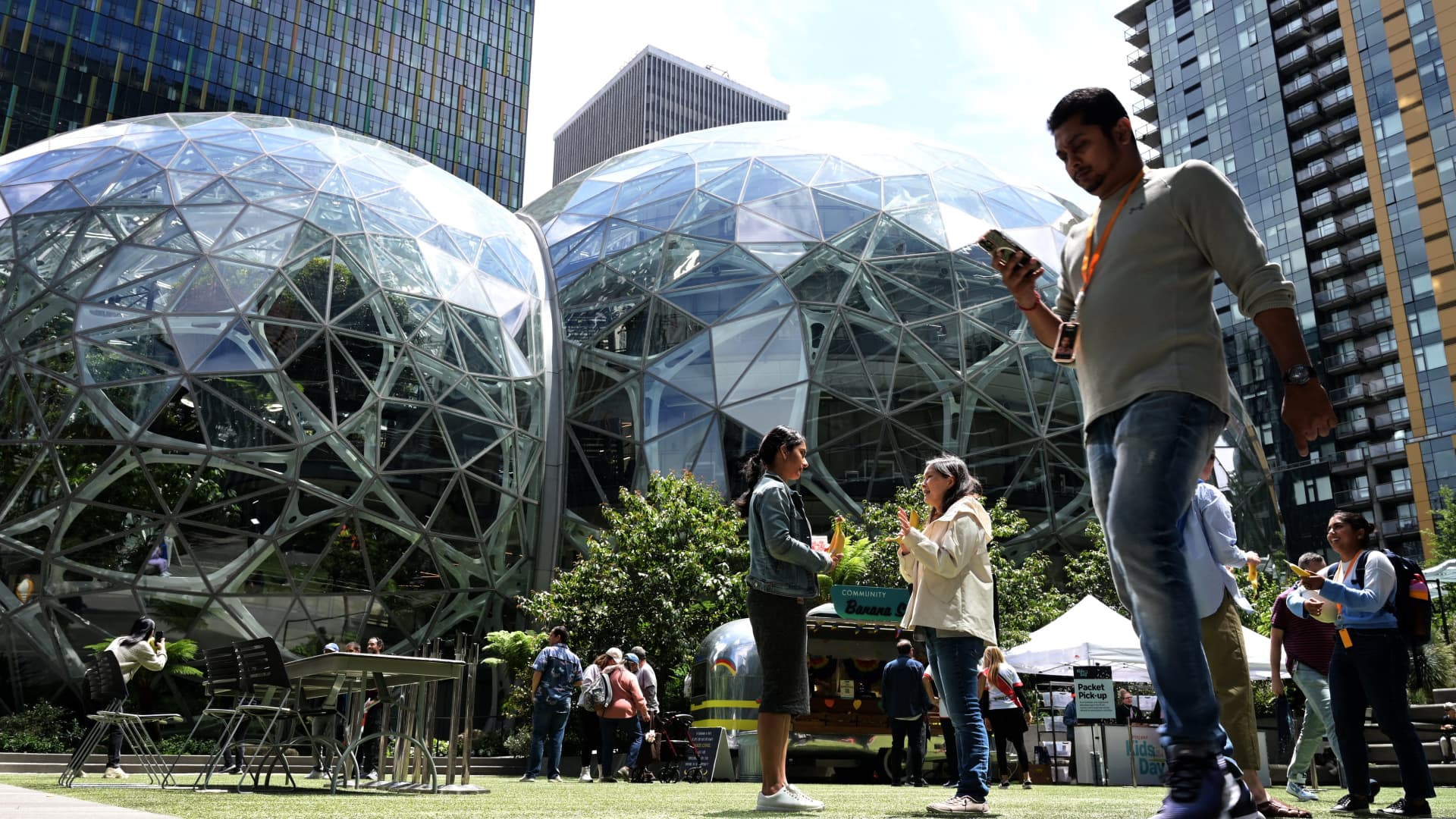
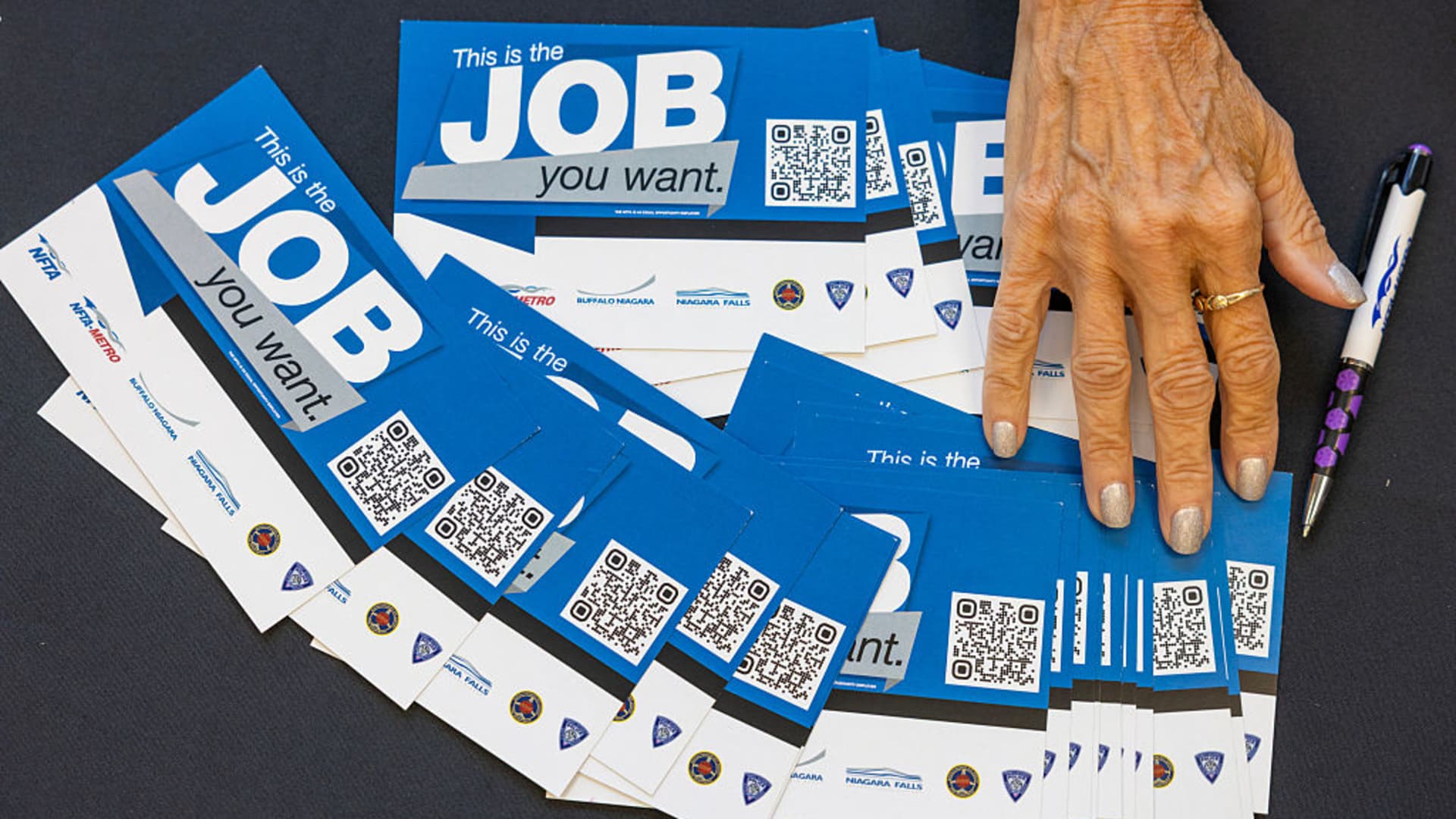

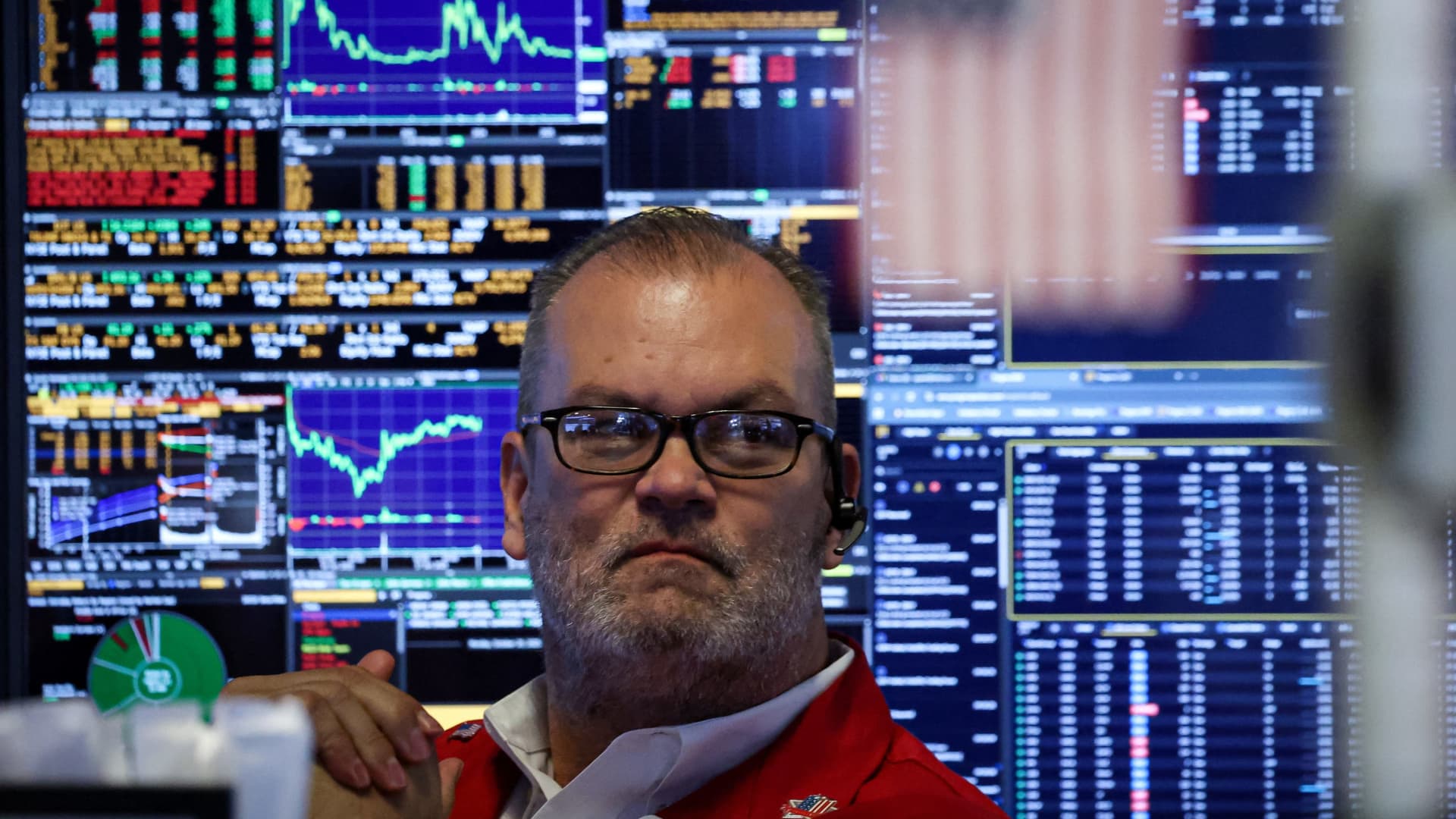
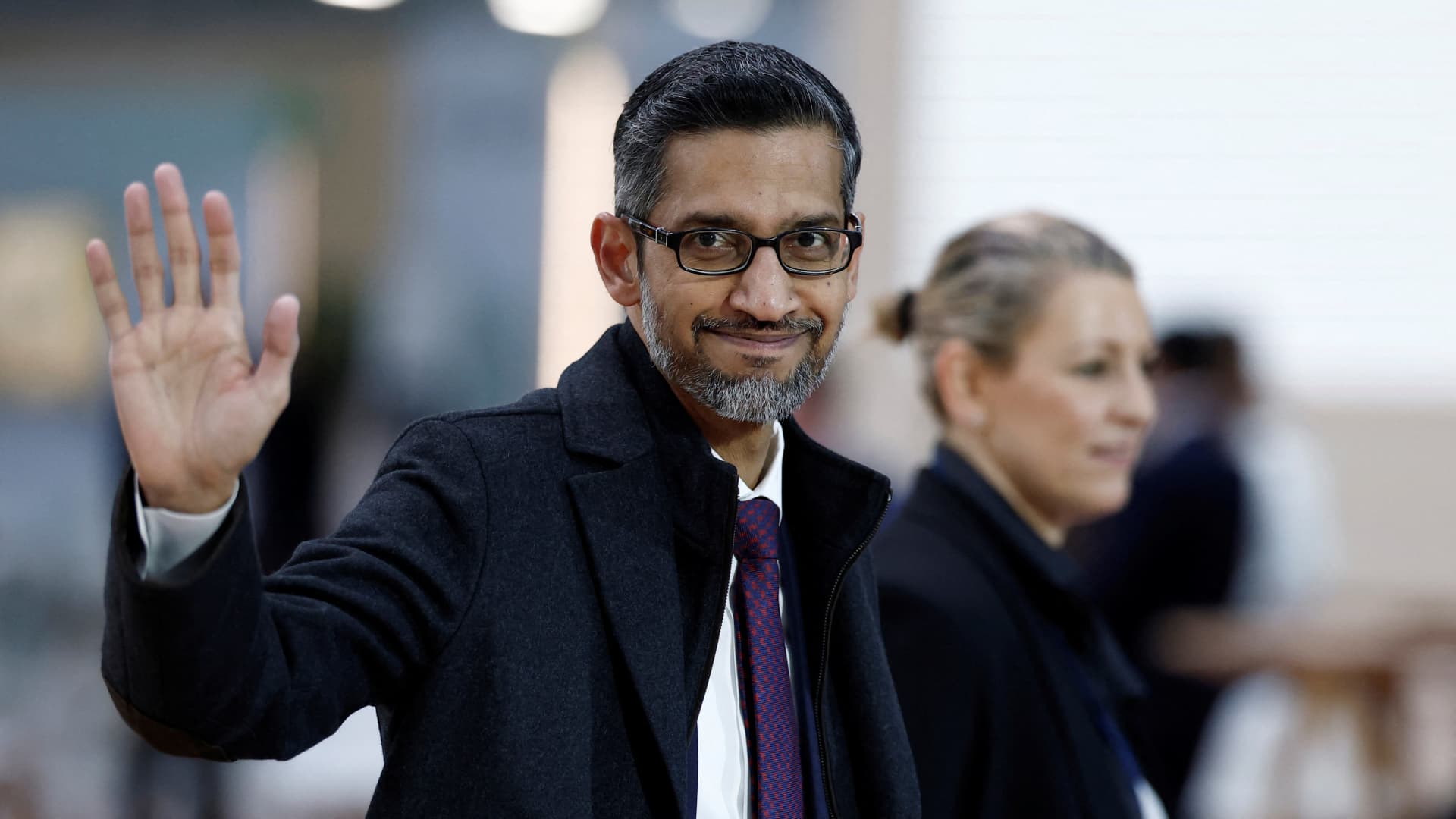
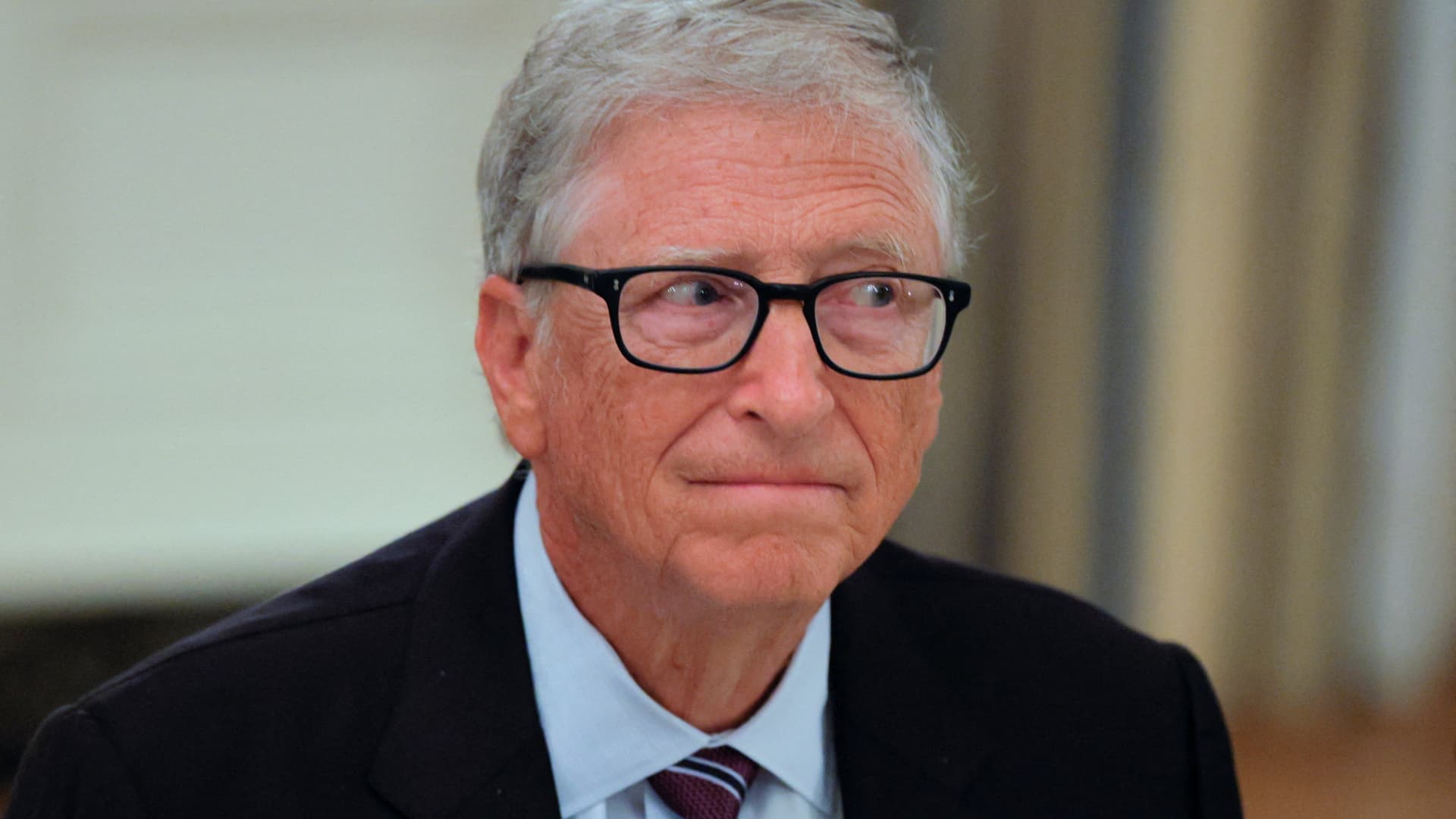
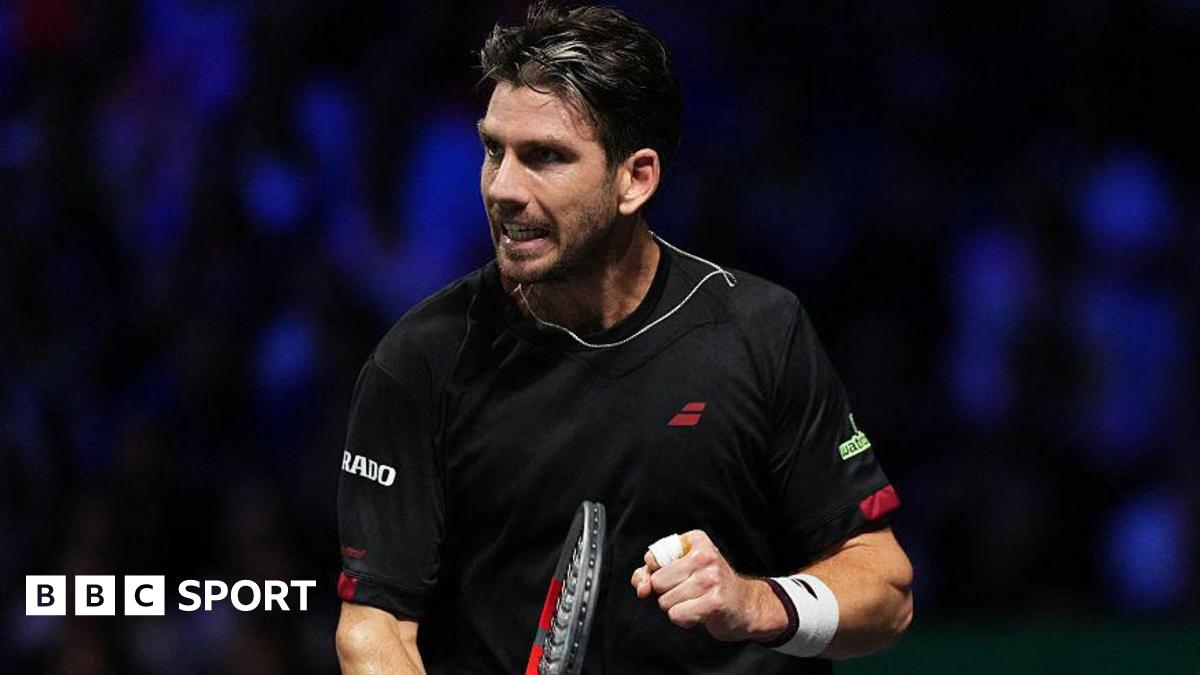

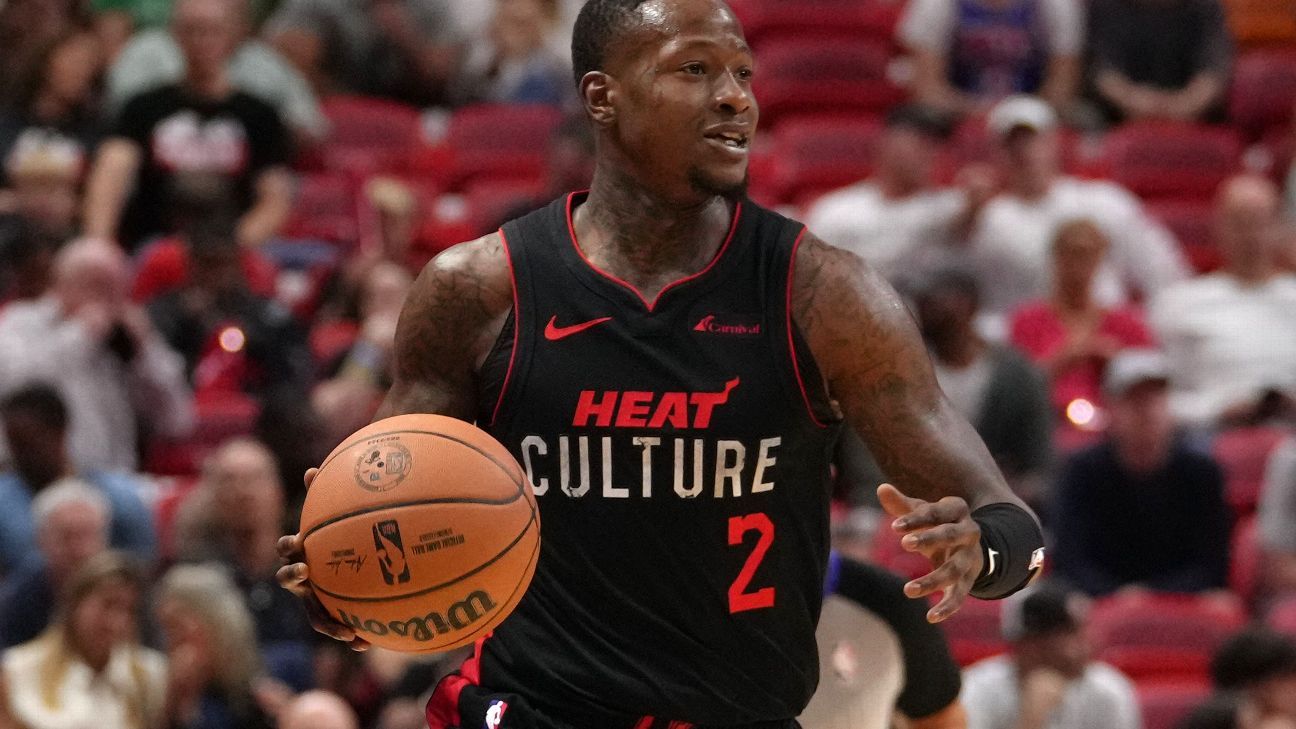

Leave a Reply